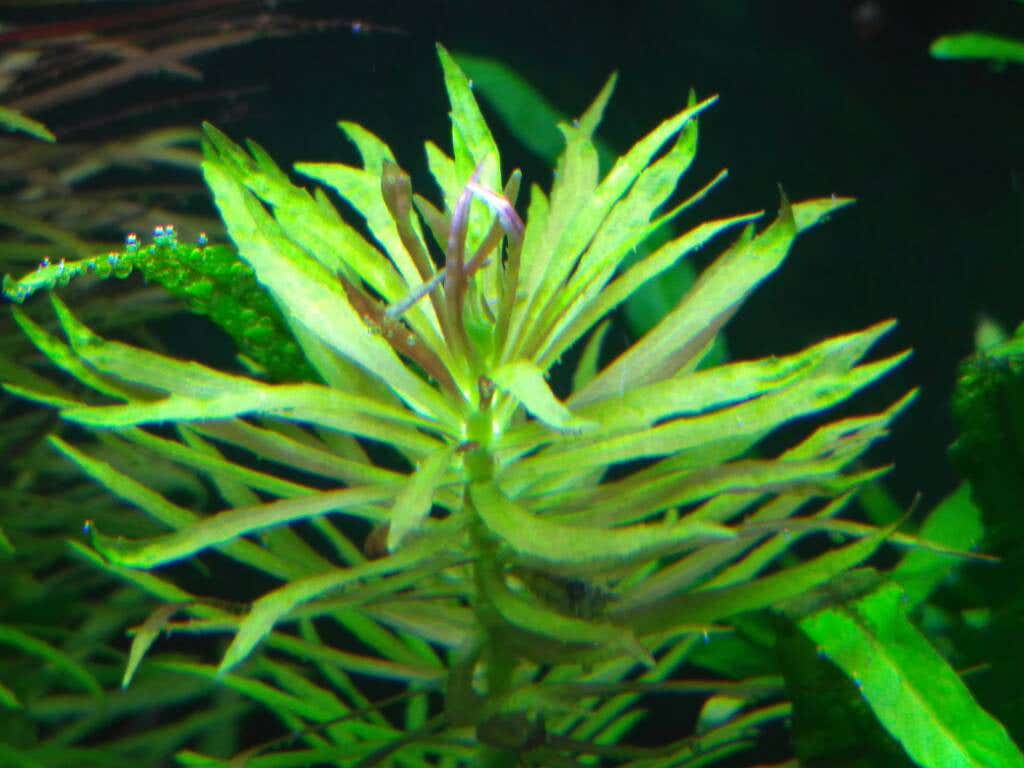Hi all, this is Steve from Greece. I have recently encountered a problem with some ( not all) stems of said plant. I will include some pics.
This is an 85 litre (20 gallon)tank, Seachem Flourite as substrate, medium light , co2 injected using an Ista Mix Max reactor. I dose standard E.I. For micros I use a trace mix bought from The Nutrient Company located in the UK. I also mix some Fe DTPA in the micros.
Some recent changes include me adding two Osmocote + balls ( not whole DIY capsules) and some fiddling with the Co2.
I have narrowed it down to either a Co2 related problem or a trace toxicity from the addition of the Osmocote. I also read some people mentioning a Ca deficiency. I have hard water in my area and I use RO in every water change . I change 50% every weed adding 5 gallons RO and 5 gallons tap.
Any ideas?
![Image]()
![Image]()
This is an 85 litre (20 gallon)tank, Seachem Flourite as substrate, medium light , co2 injected using an Ista Mix Max reactor. I dose standard E.I. For micros I use a trace mix bought from The Nutrient Company located in the UK. I also mix some Fe DTPA in the micros.
Some recent changes include me adding two Osmocote + balls ( not whole DIY capsules) and some fiddling with the Co2.
I have narrowed it down to either a Co2 related problem or a trace toxicity from the addition of the Osmocote. I also read some people mentioning a Ca deficiency. I have hard water in my area and I use RO in every water change . I change 50% every weed adding 5 gallons RO and 5 gallons tap.
Any ideas?




















